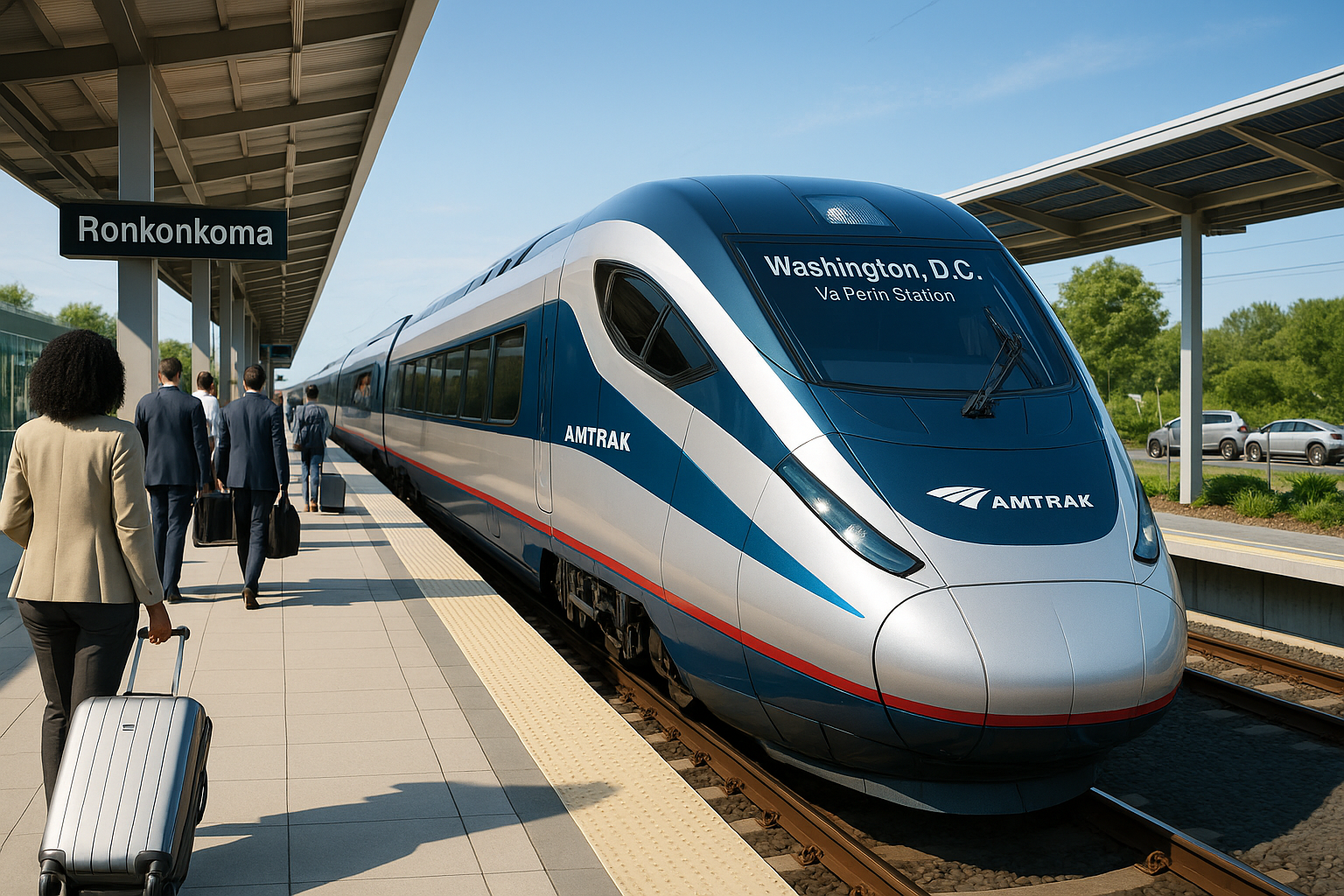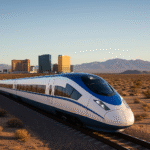Amtrak Launches First-Ever Intercity Rail Service Connecting Long Island to NYC and Washington, D.C.
In a transformative move for Northeast U.S. transportation, Amtrak has announced a groundbreaking intercity rail service linking Ronkonkoma Station on Long Island directly to New York City’s Penn Station and eventually to Washington, D.C. The development marks the first intercity rail service for Long Island in more than 80 years and is set to revolutionize how millions of residents and travelers commute along one of the nation’s most congested corridors.
This initiative represents a strategic response to increasing commuter demand and underscores Amtrak’s commitment to expanding rail connectivity across the densely populated Northeast Corridor. With daily round trips set to begin soon, the new service offers a direct, efficient, and environmentally friendly alternative to driving or transferring between multiple trains.
A First for Long Island in Over Eight Decades
Long Island, home to more than 5.4 million people, has long lacked direct intercity rail access. Commuters typically relied on the Long Island Rail Road (LIRR) to reach Penn Station and then transferred to Amtrak for onward journeys—a time-consuming and often frustrating experience. The new service eliminates the need for such transfers, streamlining travel between Ronkonkoma and destinations further south.
Initially, Amtrak will operate three daily round trips between Ronkonkoma and Penn Station, with future plans to extend the service to Washington, D.C. via the Northeast Corridor. Key stops will include Jamaica and Hicksville, strategically positioned to serve travelers across Queens, Nassau, and Suffolk counties.
Jamaica Station’s connection to JFK Airport and Ronkonkoma Station’s proximity to Long Island MacArthur Airport also make this new rail route a game-changer for air travelers seeking seamless transit options.
Responding to Long Island’s Transportation Challenges
The launch of this intercity rail line comes at a crucial moment for regional mobility. With highway congestion on routes like the Long Island Expressway at all-time highs, residents and visitors alike are demanding faster, more reliable alternatives. Amtrak’s new route is designed to meet these expectations by offering comfort, punctuality, and energy efficiency.
The project’s timing is especially relevant as federal and state governments ramp up investment in infrastructure and green transportation. This rail line supports not only daily commuters but also business travelers and tourists, offering a smoother and more productive way to navigate the East Coast’s urban hubs.
Developed in Partnership with the Federal Government
Amtrak’s initiative is being developed under the Federal Railroad Administration’s (FRA) Corridor Identification and Development Program. The program is part of the Biden Administration’s broader push to upgrade America’s transportation infrastructure, reduce emissions, and enhance public mobility.
Funding for the service is being jointly secured through Amtrak and the FRA, ensuring financial support for both its launch and eventual expansion. The collaboration demonstrates a shared federal commitment to modernizing regional travel and making rail a competitive choice for both short and long-distance transportation.
Boosting Regional Mobility and Sustainability
The introduction of direct intercity service from Long Island is expected to draw thousands of new riders annually. Beyond convenience, the service contributes significantly to sustainability goals. According to Amtrak, rail travel emits up to 83% less greenhouse gas than driving and up to 73% less than flying—positioning this route as an eco-conscious alternative for Northeast travelers.
By pulling cars off the road and reducing short-haul air travel, the new service supports New York’s and the federal government’s environmental objectives, including net-zero emission targets by 2050.
Infrastructure that Supports Economic Growth
The broader vision includes the potential for increased tourism, economic development, and business connectivity. As travelers from Long Island gain direct access to economic centers such as Midtown Manhattan and Washington, D.C., the convenience and economic synergy of cities along the corridor is poised to grow.
Moreover, the service is expected to enhance real estate values in station-adjacent communities and attract investments in hospitality, commerce, and transit-oriented development. Local economies in Queens, Suffolk, and Nassau counties are expected to benefit from increased foot traffic and improved transportation infrastructure.
Preparing for the Future of American Rail
Amtrak’s efforts are part of its larger vision to redefine U.S. rail infrastructure for the 21st century. From the recently announced Airo trains to high-speed corridor studies across the country, Amtrak is actively pursuing innovations that prioritize speed, comfort, safety, and digital convenience.
The Long Island service, in particular, reflects a growing consensus among transportation planners that expanding rail is essential to supporting regional equity, resilience, and competitiveness. With federal support, this service could serve as a template for similar projects in other suburban and underserved corridors nationwide.
Conclusion: Long Island’s Link to the Northeast’s Rail Renaissance
Amtrak’s new intercity rail service marks a historic turning point for Long Island and the broader Northeast Corridor. By directly linking Ronkonkoma to Penn Station and ultimately Washington, D.C., the service offers a fast, sustainable, and accessible travel alternative for millions.
As the region braces for future growth and increasing environmental demands, this rail initiative sets a new standard for integrated, people-focused transportation planning. It’s not just a new train service—it’s a vision for the future of mobility in America.
For more travel news like this, keep reading Global Travel Wire















